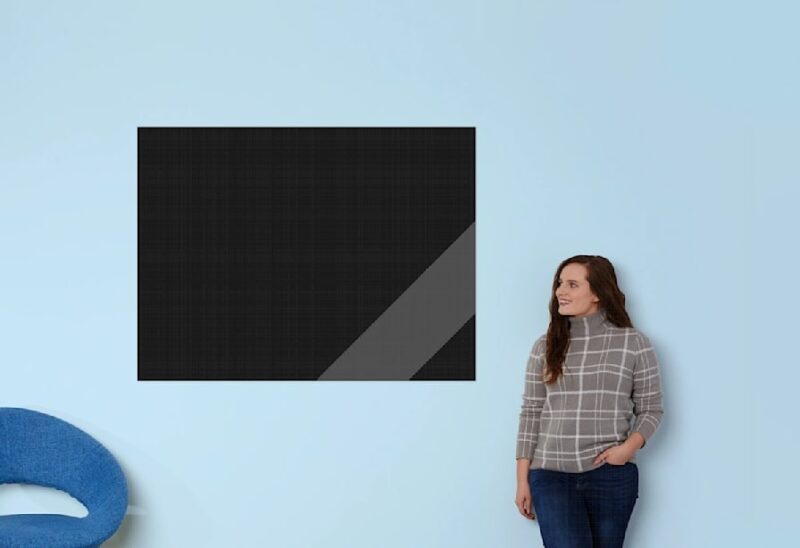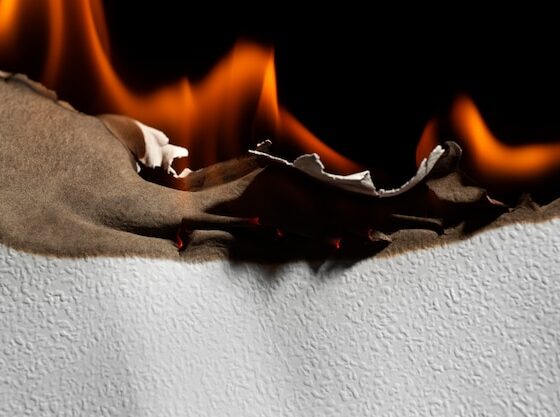Posters aren’t just oversized pieces of paper—they’re often the first thing people see, whether it’s at an event, in your room, or on a pop-up merch table. Choosing the right poster size can be the difference between something that gets noticed and something that blends into the background.
But don’t worry—this isn’t a conversation about pixels or confusing specs. It’s about real-life use, and how the right size can speak louder than words.
Key Highlights
- Poster size impacts both visibility and emotional impact
- Different sizes work better for different purposes—no one-size-fits-all
- Standard dimensions help with printing, framing, and shipping
- Merch table posters should catch eyes from a few feet away
- Home décor posters balance space and personality
- Great poster printing relies on choosing the right size first
Why Poster Size Actually Matters
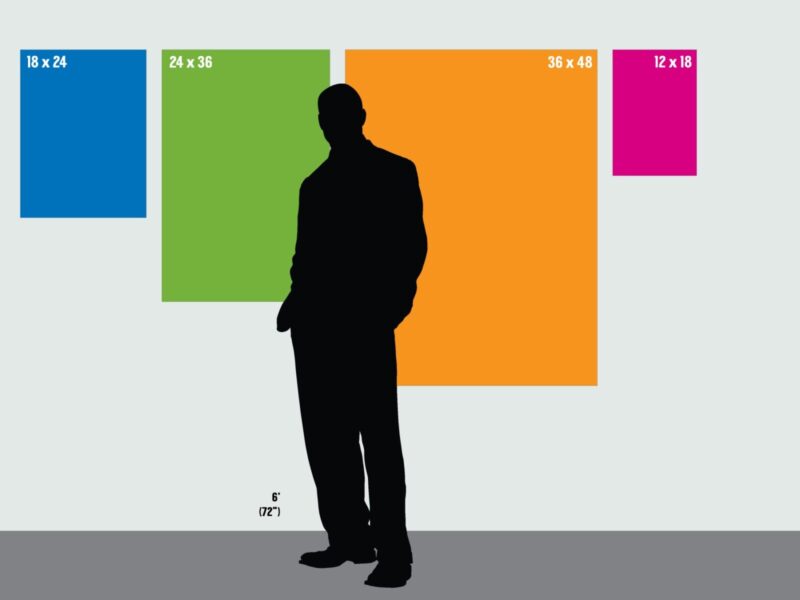
If you’ve ever ordered a poster online and unrolled it only to find it’s smaller—or larger—than expected, you’re not alone. Size isn’t just about fit. It’s about purpose. A bedroom wall poster has a different job than an event-day sign or a merch table display.
When you choose the right size from the start, you’re making life easier—especially when it comes to framing, transporting, or pinning your design. It also saves you the awkward moment of realizing your poster can’t be seen unless someone squints from two feet away.
And the truth is, context really shapes what “best” means. So instead of chasing a one-size recommendation, let’s look at what works based on what you’re using the poster for.
Best Sizes for Home and Personal Spaces
Whether you’re decorating a dorm wall or refreshing the guest room, you want posters that feel personal but not overwhelming. The trick is to treat posters like part of your layout—not just slap them on the wall as an afterthought.
Popular personal-use poster sizes:
- 11″ x 17″ – This is a compact size that works well in tighter spaces. Great for music prints, inspirational quotes, or minimalist art.
- 18″ x 24″ – Arguably the most popular for home décor. Big enough to command attention but not too large for standard walls.
- 24″ x 36″ – The classic movie poster size. Perfect if you’re going for a bold, centerpiece look.
These are also sizes that are easy to find frames for—something worth considering if you’re going for a clean, finished look.
Posters for Merch Tables or Pop-Up Events
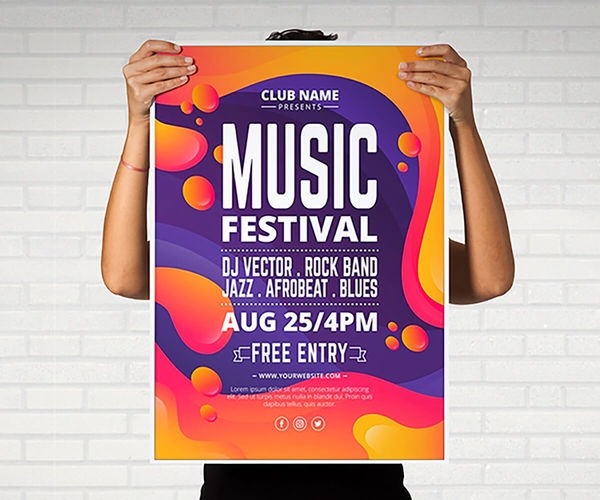
Here’s where visibility becomes a serious consideration. You’re trying to catch people’s attention in a space that’s probably already filled with signs, sounds, and movement. Your poster doesn’t just advertise—it competes.
Go for medium to large sizes that create visual stopping points:
- 18″ x 24″ – An ideal choice for limited table space or indoor markets. It fits most surfaces and still gives your artwork or message enough breathing room.
- 24″ x 36″ – If you can hang something behind your booth, this is the sweet spot. It’s legible from a few steps away, and professional-looking.
- 36″ x 48″ or larger – These are less common but great for stage backdrops or large-scale vendor events. Not portable, but powerful.
And here’s the thing—poster printing quality matters more when you go bigger. Larger posters can magnify flaws or low-resolution images.
Event Posters: Inform, Direct, or Inspire
Event posters work hard. Sometimes they need to shout “Show Tonight!” and other times they’re guiding people to the right room. Size plays into legibility, tone, and how much information you can cram in without overwhelming the viewer.
Recommended poster sizes for events:
- 11″ x 17″ – Good for flyers or handouts you want to staple to walls or lamp posts.
- 18″ x 24″ – Ideal for indoor venues or community boards.
- 24″ x 36″ – Best for entrance signage or anything meant to grab attention from across a room.
You don’t have to reinvent the wheel here. Go with the size that fits your venue and viewing distance, and keep your layout clean. Prioritize contrast and white space—don’t try to fit a novel into a poster frame.
For Artists and Creatives: When Size Meets Style
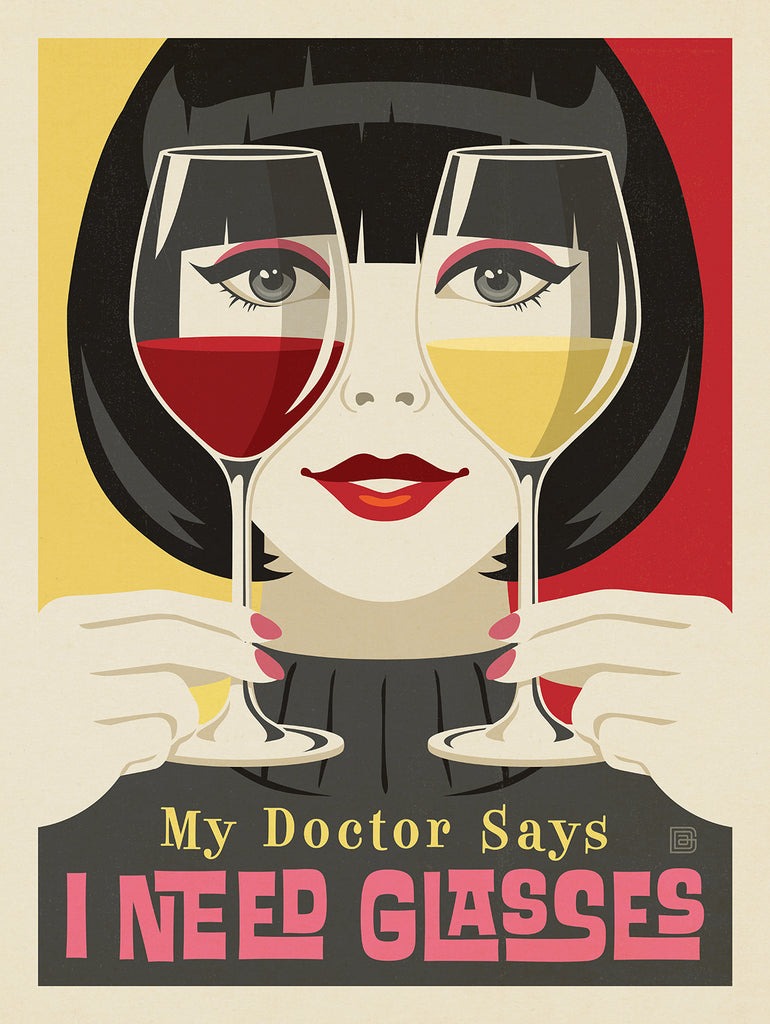
Artists often face the challenge of preserving the integrity of their work when it’s translated to print. You might love a huge, gallery-style piece—but does it make sense for your audience?
Some artists offer one design in multiple sizes, which is a great move if you’re trying to be accessible. Keep in mind:
- Mini posters (8″ x 10″) are great for lower-price-point merch
- 18″ x 24″ offers a gallery feel without the gallery price
- Custom sizes can work well, but be sure to let your customers know how to display or frame them
In short: Think about where your customer will put the poster. If it feels like a headache to display, it might not get bought—even if the art is stunning.
Understanding Standard Sizes vs. Custom Needs
Standard poster sizes are popular for good reason. They’re efficient, practical, and versatile. These sizes—like 11″ x 17″, 18″ x 24″, and 24″ x 36″—fit most ready-made frames, are easy to transport, and often cost less to print. For most personal use or merchandise displays, sticking with these dimensions makes the whole process simpler.
But that doesn’t mean custom sizes should be off the table. In fact, they can be a smart choice when your project needs a more tailored approach.
If your space is unusually shaped, or your design doesn’t quite fit a traditional frame, custom sizing lets you work with what you actually have—not just what’s convenient.
Here are a few good reasons to consider going custom:
- You’re designing something for a unique wall or display space
- The original artwork has dimensions that don’t scale well to standard sizes
- You want to print square posters, such as 12″ x 12″, for a modern or minimal feel
- You’re creating a matching set of posters for branding or visual cohesion
That said, custom sizing does come with some extra responsibilities. You’ll want to make sure your layout is clean, your file resolution is high (at least 300 DPI), and your margins are clearly defined to avoid important content getting trimmed. Most reliable poster printing services will offer guidance through that process, so you’re not on your own.
A little preparation upfront makes a big difference in how polished the final product turns out.
What to Consider Before Finalizing Poster Size
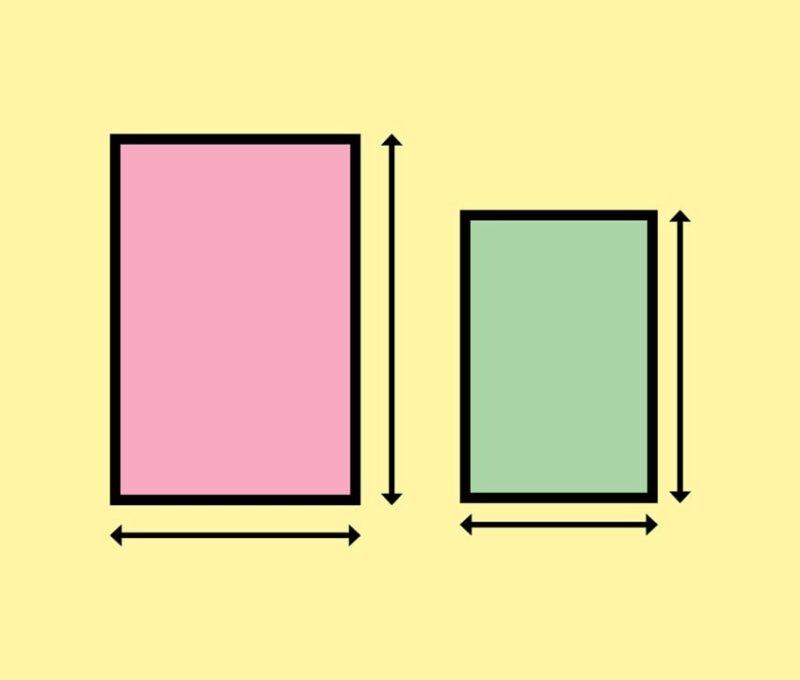
Before hitting print, ask yourself a few practical questions. These might save you a reprint or a lot of duct tape:
- How will it be displayed—hung, framed, tacked, or free-standing?
- Is it for indoor or outdoor use?
- Will people read it from close up or far away?
- Do you have a way to transport or ship it?
- Is framing part of the final plan?
Size doesn’t work in isolation—it’s always part of a bigger picture.
Wrapping It Up
Choosing the best poster size doesn’t require a design degree, just a little intention. Whether you’re decorating your apartment, prepping for your band’s next gig, or printing merch for a pop-up, the right size brings clarity to your message. It helps your art breathe.
It earns a second glance. It feels right—like it belongs exactly where it is.
So take a second before ordering. Picture the space. Think about your audience. Then go ahead and give your idea the dimensions it deserves.
